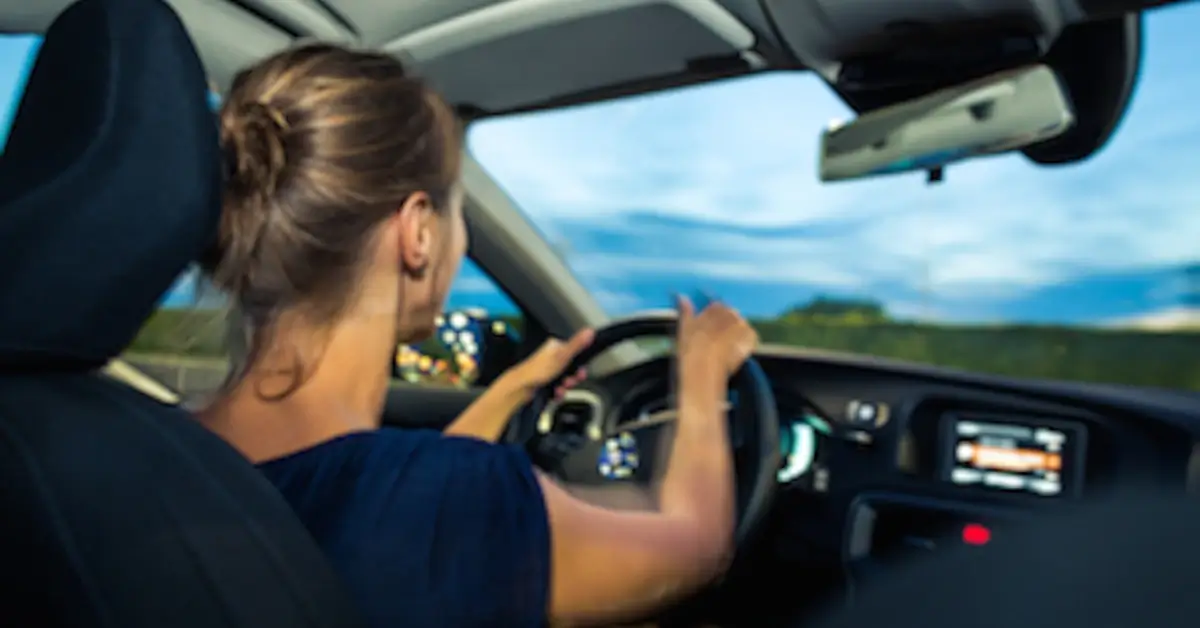Travel is a potential risk for back pain, yet pain-free travel is vital to a safe and enjoyable journey. Here are some simple tips and enlightening information for taking care of your back, whether you travel by air or road.
According to the Occupational Safety and Health Administration, back and neck pain is commonly caused by being in awkward and static positions for a long period of time. This includes long car rides, cramped plane seats, and bad hotel beds that can hurt your back.
On a long flight, try to walk down the aisle at least every 30 minutes. Choosing an aisle seat will help to make this easier, obviously, since you won’t have to disturb fellow passengers. Drink lots of water on the flight. Your body will easily get dehydrated which is not good for anyone and especially not if you have back pain and disc problems.
You might want to explore taking extra measures. A doctor may be able to provide a letter about your lower back pain for you to show to the airline and flight crew, who may then make accommodations for your needs.
If you are on the road, you can provide extra back support using a rolled up towel or pillow and place it between your lower back and the seat. There are many specialized cushions and pillows that can help with sciatica pain, or provide support for the neck, lumbar spine, buttocks and entire body.
While driving (or sitting for long periods) don’t sit on your wallet, cell phone or anything else that may throw your spine out of whack.
While you might want to be correct and drive with your hands at the 10 and 2 o’clock position, make sure you drop your elbows so your arms and shoulders can relax. You can also lower your steering wheel and hold the wheel at the 8 and 4 o’clock position, and use an armrest to relax your elbows and thus shoulders or rest your arms on your legs which will do the same.
Reduce reaching for the steering wheel, which places more stress on the lumbar spine, neck, shoulder and wrists. Instead, while still sitting at a safe distance, sit as close to the steering wheel as possible. Since staying still is bad for your back, don’t just pick a position and stay in it. Rather, adjust your seat and change your position slightly every 15 to 20 minutes.
At rest stops, get out of your car to stretch and work the hamstrings. You should stretch your hamstrings twice a day when dealing with low back pain. Walk around at least a little bit to increase circulation and stretch out the back muscles. In addition, active exercises specifically for the back, keep discs, muscles, ligaments and joints healthy by distributing nutrients into the disc space and soft tissues in the back.
Pack as lightly as possible, especially if you are carrying your luggage. If possible use suitcases with wheels; they are particularly important if you have a bad back. If your luggage is heavy, move slowly when lifting it. Whenever possible, always lift in stages: when lifting a piece of luggage/bag into an overhead compartment on an airplane, first lift it to the top of a seat, and in a separate motion, move it into the overhead compartment. Similar stages can be followed when loading a suitcase into the trunk of a car such as first lifting the suitcase onto the bumper or edge of the trunk, then lifting it into the trunk.
When our backs are idle for at least 20 minutes or more, fluids creep back into the disc. As fluids enlarge the disc, it becomes more vulnerable. So when you arrive at your destination after a long drive, don’t jump out of the car and lift your luggage out of the trunk. Take a few minutes to just do some gentle stretches, and reduce the fluid buildup in your disc area.
Dr. Jonathan Lewin is an expert in evaluating all forms of back and spine pain. He is noted for his non-invasive treatments, and when surgery is indicated, Dr. Lewin is experienced with cutting-edge minimally invasive surgery for such conditions as degenerative disc disease, spondylolisthesis, scoliosis and other disorders of the spine.

